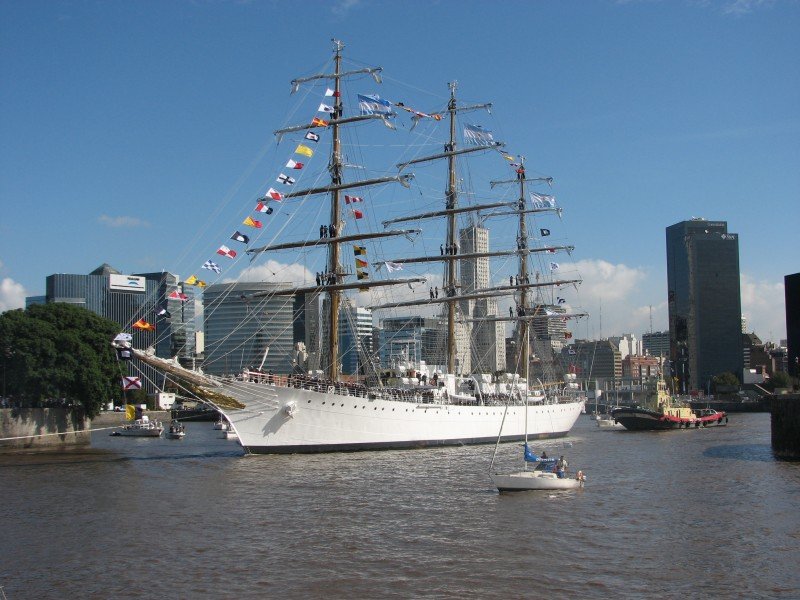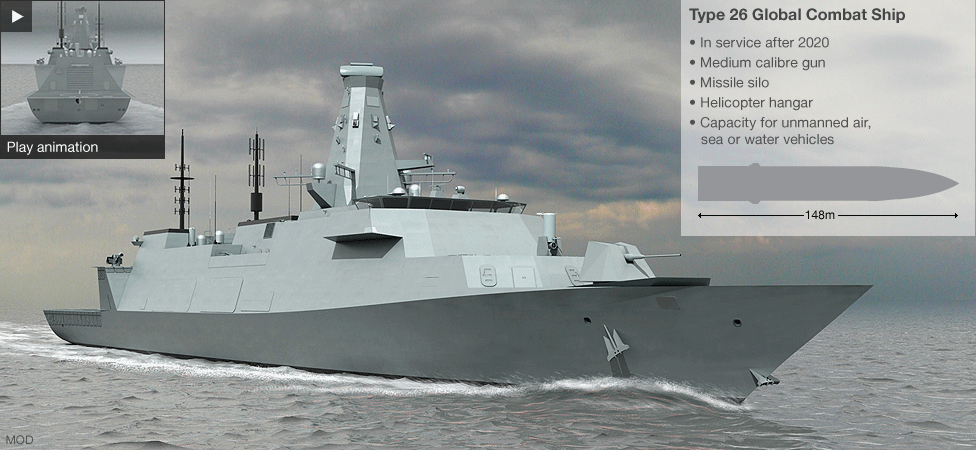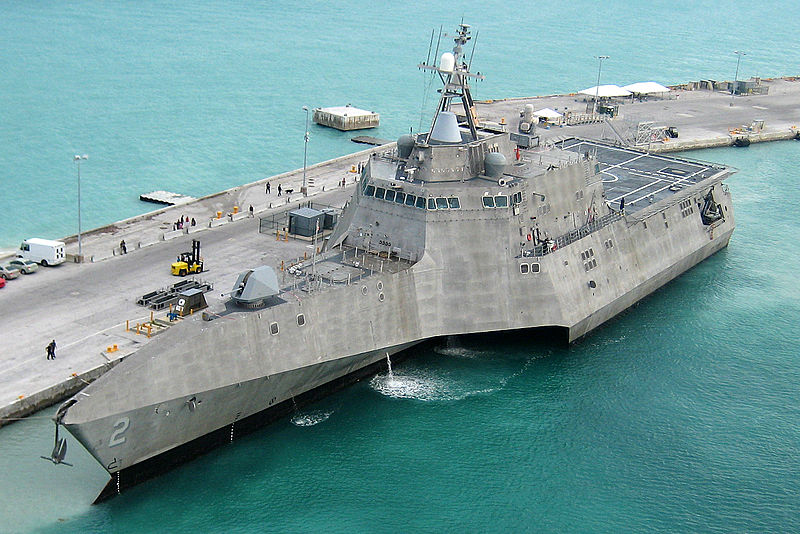Gibraltar. Scenic and historic port at the mouth of the Mediterranean Sea. Oh, and ongoing point of friction between the UK and Spain:
A Royal Navy patrol boat has confronted a Spanish warship off the coast of Gibraltar in the latest and most serious clash over Britain’s territorial waters.
The Government has accused Spain of an ‘unlawful incursion’ after the Vencedora, a 288ft-long naval corvette, came within three miles of Gibraltar’s coast, apparently heading towards its port.
The Vencedora, which means ‘winner’, was equipped with Harpoon anti-ship missiles, multiple guns and torpedoes when it entered Gibraltar’s territorial waters on Wednesday afternoon.
The Spanish ship ignored radio warnings to leave the area, and HMS Scimitar, a seven-man patrol boat, was scrambled to intercept.
Gibraltar has been British territory since the early 1700’s, but the current Spanish government would like to change that. As the Wikipedia article points out, the inhabitants strongly prefer staying as British citizens to becoming Spanish:
In the 1950s, Franco renewed Spain’s claim to sovereignty over Gibraltar and restricted movement between Gibraltar and Spain. Gibraltarians voted overwhelmingly to remain under British sovereignty in the Gibraltar sovereignty referendum, 1967, which led to the passing of the Gibraltar Constitution Order in 1969. In response, Spain completely closed the border with Gibraltar and severed all communication links. The border with Spain was partially reopened in 1982, and fully reopened in 1985 prior to Spain’s accession to the European Community.
In a referendum held in 2002, Gibraltarians rejected by an overwhelming majority (99%) a proposal of shared sovereignty on which Spain and Britain were said to have reached “broad agreement”. The British government has committed itself to respecting the Gibraltarians’ wishes. A new Constitution Order was approved in referendum in 2006. A process of tripartite negotiations started in 2006 between Spain, Gibraltar and the UK, ending some restrictions and dealing with disputes in some specific areas such as air movements, customs procedures, telecommunications, pensions and cultural exchange.
Update, 13 November: And here they come again:
The Spanish warship Vencedora entered Gibraltar waters again today, the 2nd incursion within the space of a week despite British protests.
— Gibraltar Chronicle (@GibChronicle) November 13, 2012








